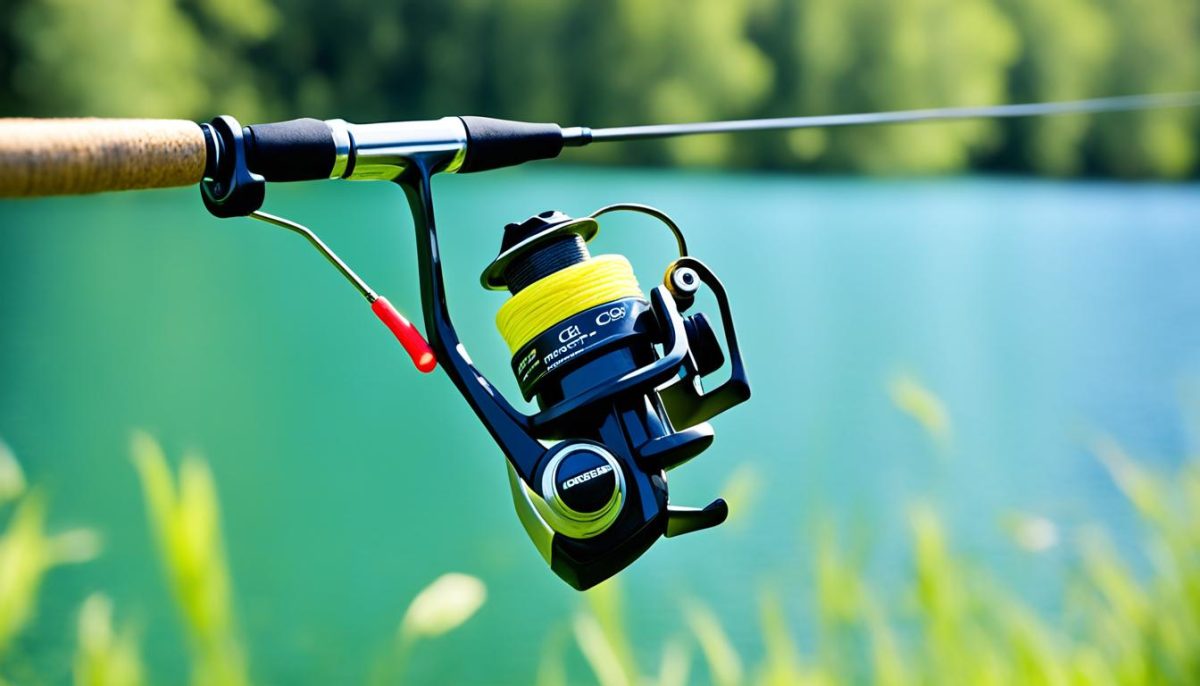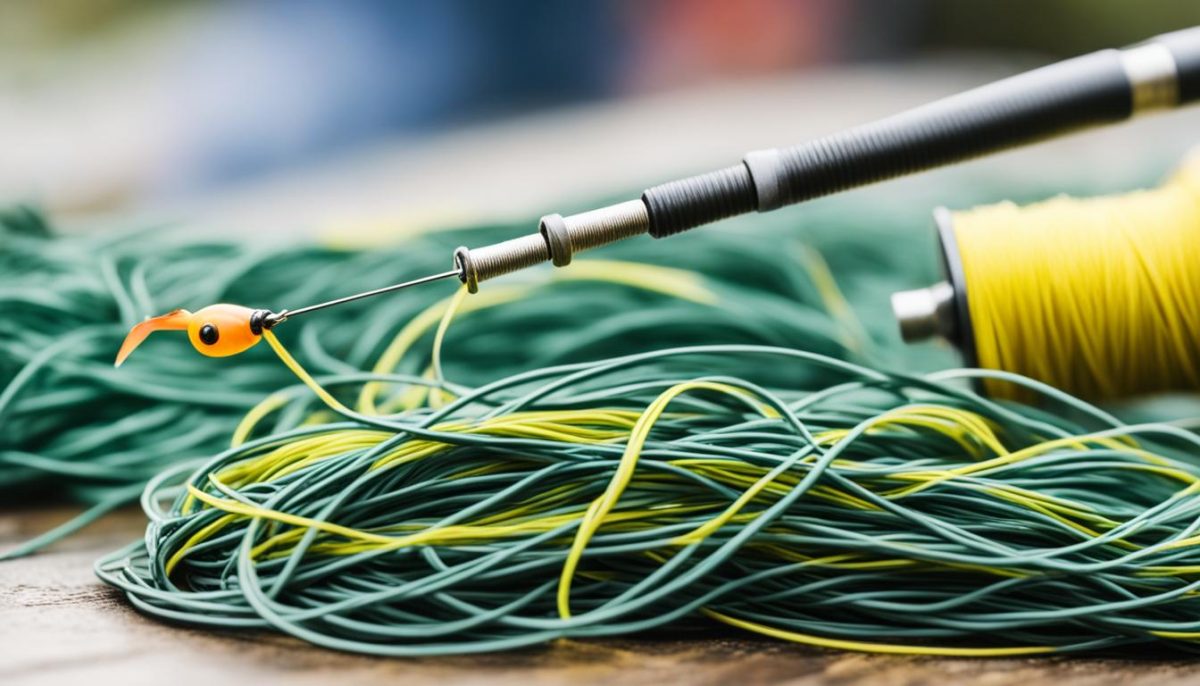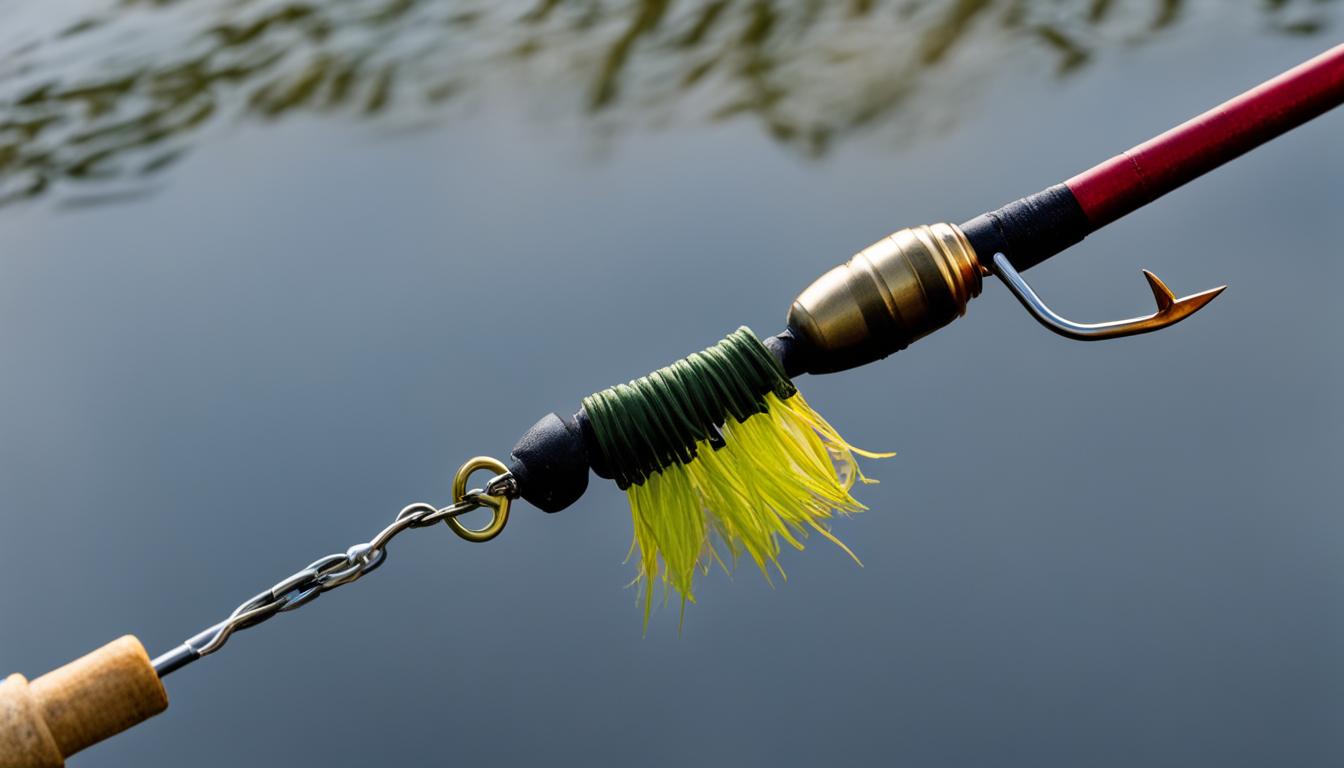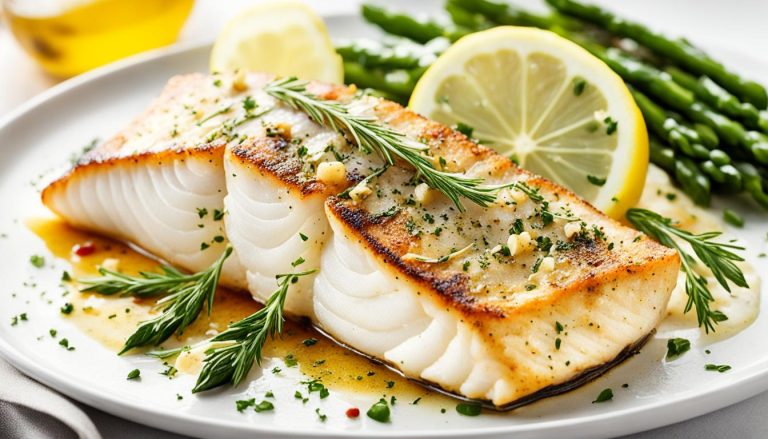Welcome to our comprehensive guide on how to make carp fishing rigs. If you’re passionate about carp fishing, you know that having the right rig can make all the difference in attracting and hooking those elusive carp. Whether you’re a beginner or an experienced angler, our step-by-step instructions will help you assemble effective carp fishing rigs that increase your chances of a successful catch. So, let’s dive in and discover how you can create your own carp fishing rigs!
In the following sections, we’ll cover everything you need to know about carp fishing rigs. We’ll start by explaining the purpose and components of these rigs, giving you a solid foundation of knowledge. Then, we’ll provide a detailed, easy-to-follow guide on assembling different types of rigs, complete with materials and knot tying techniques. Finally, we’ll share some valuable tips and techniques to enhance your carp fishing skills and increase your chances of success.
Whether you’re planning a fishing trip or simply looking to improve your angling skills, this guide has got you covered. So, let’s get started and embark on your journey to becoming a master carp angler!
Understanding Carp Fishing Rigs
Before you embark on creating your own carp fishing rigs, it’s crucial to grasp their purpose and composition. Carp fishing rigs are specially designed setups that play a vital role in attracting and hooking carp effectively. By comprehending the various types of carp fishing rigs, their respective functions, and the essential components needed to construct them, you’ll be equipped to make informed choices and tailor your rigs to specific fishing conditions.
There are several types of carp fishing rigs, each suited for different fishing scenarios. Let’s explore the most common ones:
1. Basic Bottom Rig
The basic bottom rig is a simple setup that allows your bait to rest on the lake or riverbed, enticing carp that swim near the bottom. It consists of a sliding weight, a leader line, a hook, and other optional components such as a hair rig or a lead clip system.
2. Bolt Rig
The bolt rig is designed for carp fishing in weedy or snaggy areas. It features a fixed lead weight and a semi-fixed or free-running setup that enables the carp to take the bait before sensing any resistance. This rig improves your chances of hooking carp swiftly and securely.
3. Chod Rig
The chod rig is a versatile setup for fishing in areas with dense vegetation or soft bottoms. It employs a pop-up bait suspended above any potential obstructions, allowing it to attract carp effectively. The chod rig utilizes specialized components such as a chod hook, a leadcore leader, and a helicopter rig system.
4. Zig Rig
The zig rig is used for targeting carp at various depths within the water column. It involves suspending a buoyant bait at a chosen depth using a zig hook, a monofilament or fluorocarbon line, and a float or adjustable zig rig foam. This rig is effective when carp are feeding high up in the water.
These are just a few examples of carp fishing rigs, but there are many variations and adaptations to suit different fishing conditions, bait preferences, and angler preferences. Remember to consider factors such as water clarity, fish behavior, and the type of fishing spot when selecting the appropriate rig.
Below is a detailed table summarizing the key features and applications of different carp fishing rigs:
| Rig Type | Key Features | Best Used For |
|---|---|---|
| Basic Bottom Rig | Sliding weight, leader line, hook | Fishing near the lake or riverbed |
| Bolt Rig | Fixed lead weight, semi-fixed or free-running setup | Fishing in weedy or snaggy areas |
| Chod Rig | Pop-up bait, chod hook, leadcore leader | Fishing in dense vegetation or soft bottoms |
| Zig Rig | Buoyant bait, zig hook, monofilament or fluorocarbon line | Fishing at various depths in the water column |

By gaining a clear understanding of carp fishing rigs and their various applications, you’ll be able to select the most effective rig for your target species and fishing environment. In the next section, we’ll provide a step-by-step guide on how to create your own carp fishing rigs, so stay tuned!
Step-by-Step Guide: Making Carp Fishing Rigs
Now that you have a good understanding of carp fishing rigs, it’s time to dive into the step-by-step process of making them. In this section, we’ll provide detailed instructions on how to assemble different types of carp fishing rigs, including the materials needed, knot tying techniques, and adjustments for various fishing scenarios. By following our guide, you’ll confidently create effective carp fishing rigs that attract and hook carp with ease.
Materials Needed
Before we begin, let’s gather the materials you’ll need to make your carp fishing rigs:
- Leader material: Choose a high-quality monofilament or fluorocarbon leader material. Opt for a breaking strength of at least 15lbs to withstand the carp’s power.
- Hook: Select a suitable carp fishing hook. The size of the hook will depend on the bait you plan to use and the size of the carp in your fishing spot. Sizes 4 to 8 are commonly used for carp fishing.
- Swivel: Use a strong, reliable swivel to connect the leader material to the mainline. A size 8 or 10 swivel should suffice for most carp fishing rigs.
- Weights: Depending on the fishing conditions, you’ll need some weights to anchor your rig. Use split shot weights or carp leads that are appropriate for your fishing spot’s depth and current.
- Baiting needle: This tool will help you securely attach boilies, pellets, or other bait to your rig. Choose a baiting needle with a fine, sharp point.
- Scissors: Keep a pair of scissors handy for cutting the leader material and trimming any excess.
Assembly Instructions
Follow these step-by-step instructions to assemble your carp fishing rig:
- Start by cutting a suitable length of leader material. A length of around 12-18 inches is typically sufficient.
- Tie a loop in one end of the leader material using a simple overhand knot.
- Thread the other end of the leader material through the eye of the hook, ensuring it is passed through the eye twice for added security.
- Tie a reliable knot, such as the knotless knot or a Palomar knot, to secure the hook to the leader material.
- Attach a swivel to the loop at the other end of the leader material using a strong knot like the grinner knot or improved clinch knot.
- Add suitable weights to your fishing rig. If you’re using a bottom fishing rig, slide the weights onto the leader material above the swivel.
- If desired, add a baiting needle to the looped end of the leader material for attaching bait. This step is optional if you plan on using hair rigs or other bait attachment methods.
You’ve now successfully assembled your carp fishing rig! Before casting your line, make any necessary adjustments based on the fishing scenario, such as adding additional weights or adjusting the length of the leader material. Remember, experimenting and adapting your rig to different fishing conditions is key in carp fishing.

Now that you have a fully assembled carp fishing rig, you’re ready to hit the waters and improve your chances of landing that prized carp. The table below summarizes the key components and techniques discussed in this section:
| Component | Description |
|---|---|
| Leader Material | High-quality monofilament or fluorocarbon material used as the main line for the carp fishing rig. |
| Hook | Specially designed hook for carp fishing, available in different sizes to match bait and carp size. |
| Swivel | Strong and reliable connector used to attach the leader material to the mainline. |
| Weights | Split shot weights or carp leads used to anchor the rig and ensure proper presentation. |
| Baiting Needle | Tool used to securely attach bait to the rig, especially for boilies, pellets, or other bait types. |
| Scissors | Essential tool for cutting the leader material and trimming any excess. |
| Knot Tying Techniques | Various knots used to secure the hook to the leader material and attach the swivel to the looped end. |
| Adjustments | Modifications made based on fishing conditions, including adding weights or adjusting leader material length. |
Tips and Techniques for Successful Carp Fishing
When it comes to carp fishing, having the right tips and techniques can make all the difference in your success. Whether you’re a beginner or an experienced angler, these valuable strategies will help you improve your carp fishing skills and increase your chances of landing that prized catch.
First and foremost, choosing the right bait is essential for attracting carp. Popular options include boilies, corn, and bread. Experiment with different flavors and scents to see what works best in your fishing location. Remember to use fresh bait and present it in a way that mimics natural food sources to entice the carp.
Additionally, understanding carp behavior can greatly improve your success rate. Carp are known to be cautious and easily spooked, so it’s crucial to approach your fishing spot quietly and avoid making unnecessary disturbances. Study the water’s surface for signs of carp activity such as bubbles or movement, as this can indicate their feeding areas.
Lastly, honing your casting and technique will significantly enhance your carp fishing experience. Practice accurate and gentle casting to avoid alarming nearby carp. Patience is key, as carp can be selective in their feeding patterns. Stay alert and be ready for a bite, as carp often exhibit subtle takes or even nibbles before committing to the bait.




